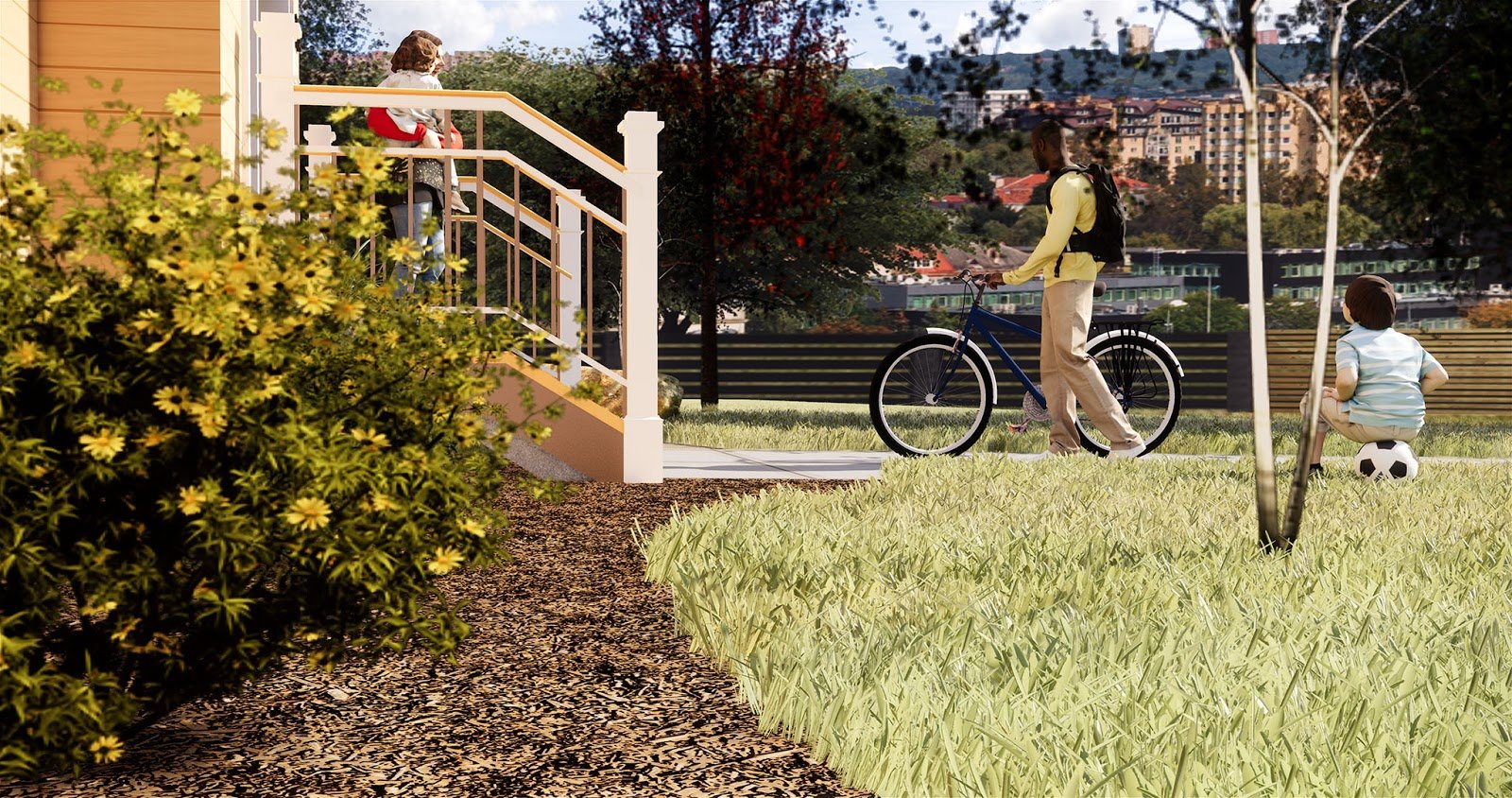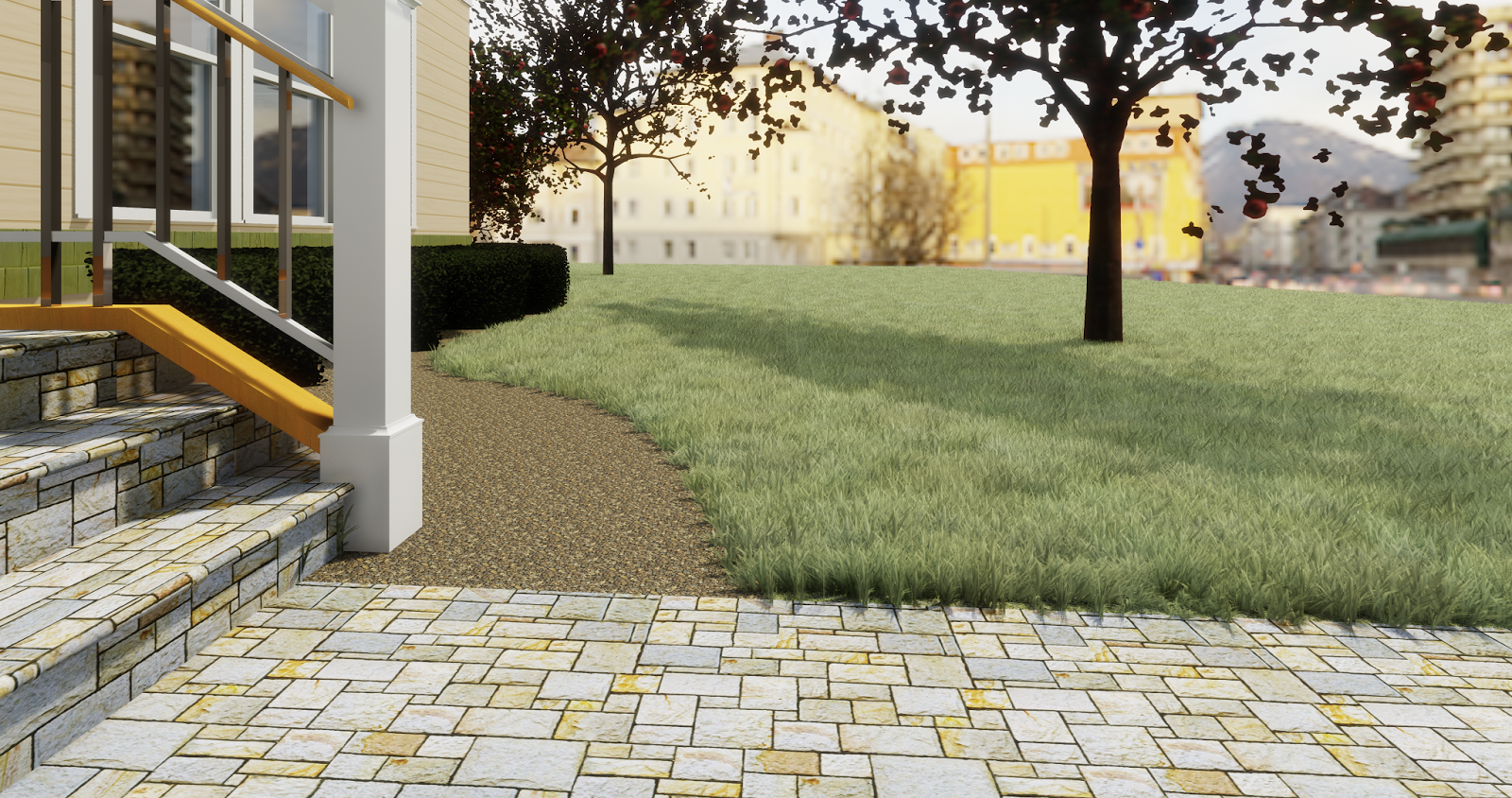

Once you download them, you can easily apply these to your renders in Enscape. I usually download the diffuse map, roughness map, displacement map, and bump map. Most of the time for Enscape, you won’t need to use all of them. So once you choose a material that you like, you will see a few maps that pop up for you to download, and each one of them has its own purpose. You can download PBR materials from many sources online (a few are mentioned in this free resources article), but the key is to know how to use them. PBR stands for Physically Based Rendering, and it basically means that PBR materials are based in the real world, and they’re very realistic. Having a good material configuration throughout the scene is crucial to achieving realistic results. If the new Enscape Material Library (available with Enscape 3.1 and above) doesn’t fulfill all your material needs, you can look to use other PBR materials from external resources.

Melos provided us with 4 Mistakes to Avoid When Getting Started With Enscape in his last post, and now he is sharing some tips on how to create realistic renderings.Ĭreating great-looking renders is possible in an instant with Enscape’s advanced real-time rendering engine, but if you want to take the realism of your renders one step further, take a look at these handy rendering tips from Melos. For today’s article, we will see how Dan Stine, an author, blogger, educator, design technologist and Wisconsin-registered architect, the Director of Design Technology at Lake | Flato architects in San Antonio, Texas cover the ins and outs of the grass rendering feature in Enscape, with a focus on Revit software.We are delighted to welcome back Enscape user Melos Azemi to the blog with more great tips to help improve your visualizations. However, Enscape can change the game by automatically adding three-dimensional grass within a real-time photorealistic rendering engine and giving designers control over the height and height variation of the blades of grass ( Enscape has gone one step further with the introduction of animated grass and vegetation (version 2.8 upwards).Īny material in Revit, SketchUp, Rhino, Vectorworks, or Archicad with the word “grass” in its name will render, by default, as a thick three-dimensional-looking grass in Enscape.

The best designers could do in the past was to apply a bump map and maximize the setting, so the ground did not look completely flat. Rendering grass has always been a challenge in architectural graphics, especially for the average designer who does not specialize in developing computer-generated graphics (CGI).


 0 kommentar(er)
0 kommentar(er)
